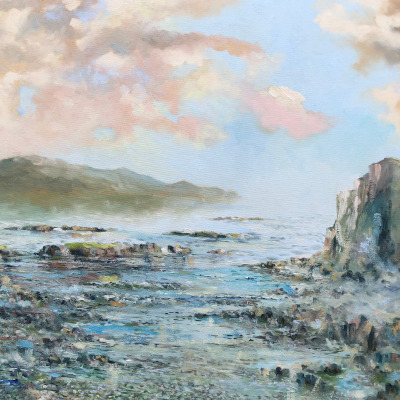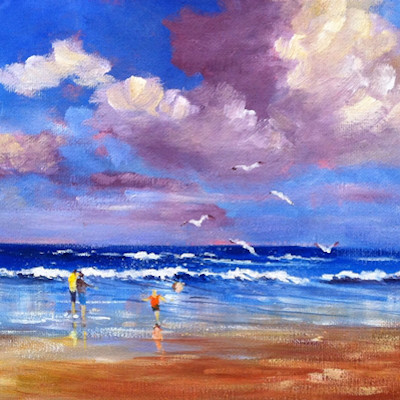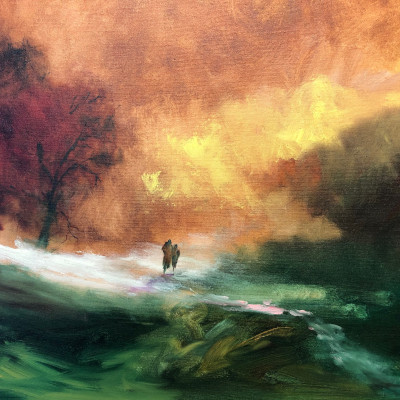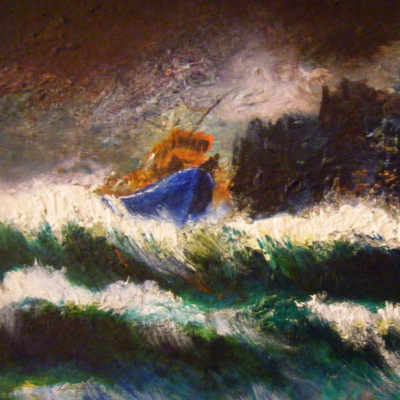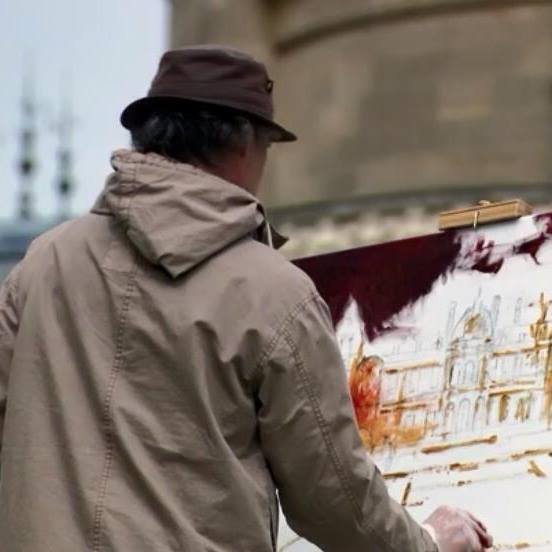Classes & Courses
A Learning Experience for All, from Complete Beginners to Professional Artist

Courses
Painting in the Now
This is a fascinating exploration of mindfulness, through the realm of painting. Using the power of your being, you will be gently guided through the process of creating imagery, based on your senses and emotional values.
Paint Like The Impressionists
This workshop is ideal for painters of all levels who would like to learn to paint like the great Impressionists, such as Monet, Renoir and Eduard Manet. The course will focus on the use of light and color to create beautiful paintings using a minimum of bold and confident brush strokes.
Tonalism
Tonalism – a distinctive style of low-toned atmospheric landscape painting, developed a sizable following among American artists in the 1880s. This new generation of tonalist artists, most born after 1845, and many foreign trained in Paris and Munich, broke with the prevailing school of Hudson River artists and their large detailed panoramic views of the American scenes.
Expressionism & Related Elements
Expression and the interpretation of sense cover a wide cross-section of elements. During the course, I will attempt to bring you through and share with you some of these factors and how to harness them.
Demonstrations
I am available to hold painting demonstrations and talks for art societies and schools, etc. The cost of each demonstration is based on the length of the demonstration and the distance travelled.
Please feel free to contact me for any other information.

